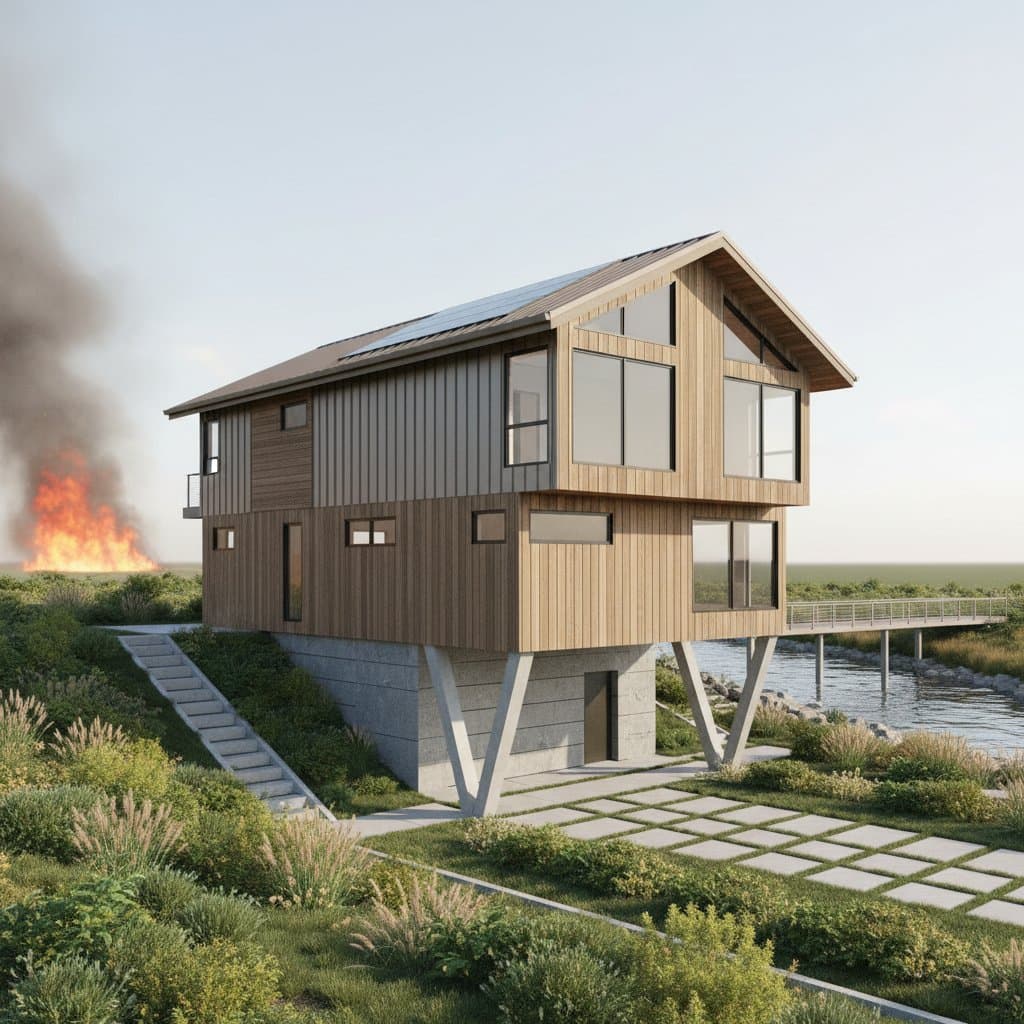New Building Codes Are Making Homes Storm-Ready
The 2025 building codes transform home construction by prioritizing fire-resistant materials, fortified frameworks, and intelligent landscaping. These standards not only safeguard against hurricanes and wildfires but also improve energy efficiency, aesthetic appeal, and long-term value for homeowners in a changing climate.
By Emily Lockwood
3 min read
















